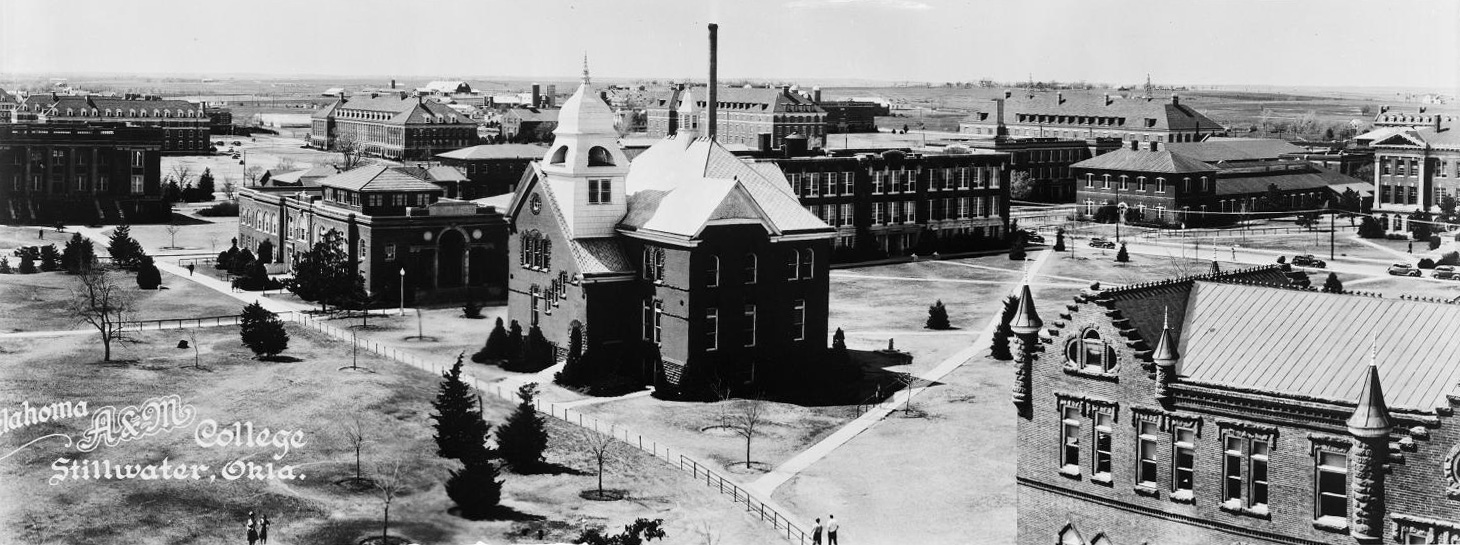The Encyclopedia of Oklahoma History and Culture
LAND-GRANT COLLEGES.
At mid-nineteenth century approximately 80 percent of the United States' work force were farmers and artisans. Dissatisfied with the classical education offered at liberal arts colleges, educational and political reformers determined that colleges should provide practical learning for the agricultural and mechanical/industrial arts. In 1856 U.S. Rep. Justin Smith Morrill of Vermont introduced a bill that would grant federal land to each state to be sold and the proceeds used to establish a college for practical knowledge. Believing it to be unconstitutional, Pres. James Buchanan vetoed the bill in 1859. After the southern states had seceded and the Civil War had begun, Pres. Abraham Lincoln signed the Morrill Land-Grant College Act, popularly known as the Morrill Act of 1862. The legislation provided that the states would receive thirty thousand acres of federal land for each of their congressional senators and representatives. The states could sell the land and use the proceeds to establish an endowment for the construction and maintenance of land-grant colleges.
Land-grant colleges were to provide course work in agricultural practices and engineering as well as military training and liberal arts. At first most states balked at providing state funding to a federally mandated college. Few teachers were trained in the subject areas, and the schools suffered low enrollments. Land-grant college presidents George W. Atherton, Henry E. Alvord, and Henry H. Goodell lobbied aggressively for the passage of two additional federal laws that helped the struggling institutions gain better financial support and garner higher enrollments. The Hatch Act of 1887 mandated that agricultural experiment stations be established at the land-grant schools. Through the Second Morrill Act (1890) the federal government appropriated annual funding to the institutions and prompted the establishment of seventeen agricultural and mechanical colleges for African Americans in the South where segregation occurred.
Two land-grant colleges were established in Oklahoma Territory. The First Territorial Legislature established Oklahoma Agricultural and Mechanical College (now Oklahoma State University) at Stillwater in 1890. Seven years later the Colored Agricultural and Mechanical College (now Langston University) for African Americans was organized at Langston.
See Also
COLLEGES AND UNIVERSITIES–PRIVATE, COLLEGES AND UNIVERSITIES–STATE, JUNIOR COLLEGE MOVEMENT
Learn More
Zella J. Black Patterson, Langston University: A History (Norman: University of Oklahoma, 1979).
J. Lewie Sanderson, R. Dean McGlamery, and David C. Peters, A History of the Oklahoma State University Campus (Stillwater: Oklahoma State University, 1990).
Roger L. Williams, The Origins of Federal Support for Higher Education: George W. Atherton and the Land-Grant College Movement (University Park: Pennsylvania State University Press, 1991).
Citation
The following (as per The Chicago Manual of Style, 17th edition) is the preferred citation for articles:
Linda D. Wilson, “Land-Grant Colleges,” The Encyclopedia of Oklahoma History and Culture, https://www.okhistory.org/publications/enc/entry?entry=LA015.
Published January 15, 2010
© Oklahoma Historical Society


